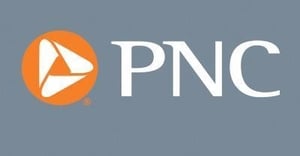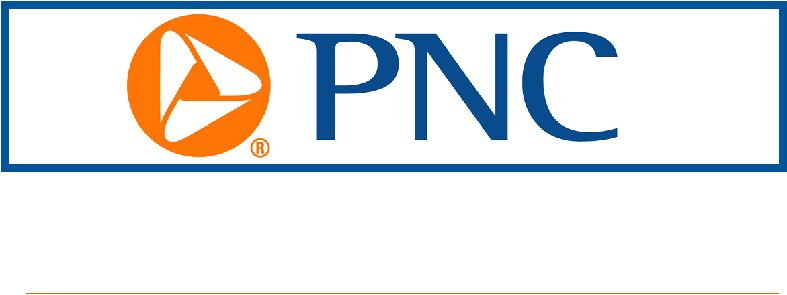
- Both overall and core PCE inflation slowed in October. But inflation remains well above the Fed’s 2% objective.
- Household income and consumer spending both increased at a moderate pace in October.
- The FOMC is set to keep the fed funds rate unchanged when it meets in a couple of weeks.
- Consumer spending growth will slow in 2024 as the drag from higher interest rates continues to intensify. PNC’s forecast is for a mild recession starting in mid-2024.
The personal consumption expenditures (PCE) price index was basically flat in October from September (up 0.049% before rounding), with core prices (excluding food and energy) up 0.2% over the month. This was the first month where overall prices did not increase since July 2022. Core inflation has been running at about a 0.2% monthly pace since June, a significant slowing from 0.4% increases in early 2023.
On a year-ago basis overall PCE inflation was 3.0% in October, down from more than 7% in mid-2022. Core PCE inflation was 3.5% in October year-over-year, down from 5.5% in September 2022. Although both overall and core inflation are slowing, they both remain well above the Federal Reserve’s 2% objective.
Nominal personal income rose 0.2% in October from September. Wages and salaries were up 0.1% over the month; the UAW strike likely weighed on income growth. Nominal after-tax personal income rose 0.3%. Real (inflation-adjusted) after-tax income was up 0.3% with essentially no inflation over the month.
Nominal consumer spending rose 0.2% in October, the smallest increase since May. Nominal spending growth averaged a strong 0.6% in June through September, so consumers were set to take a breather. With no inflation, real consumer spending was also up 0.2% in October.
Nominal spending on durable goods dropped 0.5% in October as high interest rates were a drag. Spending on nondurable goods was flat, while services spending rose 0.4%, near the recent pace.
With spending up by less than income, the personal saving rate rose to 3.8% in October from 3.7% in September. Still, the personal saving rate is below the pre-pandemic 6% to 7% rate, and consumer will need to increase their saving through the rest of this year and in 2024.
The personal income and outlays report for October from the Bureau of Economic Analysis was what Federal Reserve policymakers wanted to see. Both core and overall inflation continue to soften, income growth was solid, and consumer spending growth is slowing, particularly for interest-rate sensitive durable goods. Inflation is still too high for the Federal Open Market Committee, but it does continue to move to 2%, and consumer spending is increasing at a moderate pace. The FOMC will almost surely keep the fed funds rate in its current range of 5.25% to 5.50% when it meets on December 13; the fed funds futures market is pricing in a 96% probability of no change.
Consumer spending growth will soften into 2024 as job and wage growth ease, high interest rates remain a drag, and households increase their saving. The open question remains whether consumer fundamentals are solid enough to support continued modest growth in consumer spending throughout next year, or if consumer spending outright declines and the U.S. economy falls into recession. PNC’s baseline outlook is for a mild recession starting in mid-2024 as high interest rates continue to weigh on the economy.














